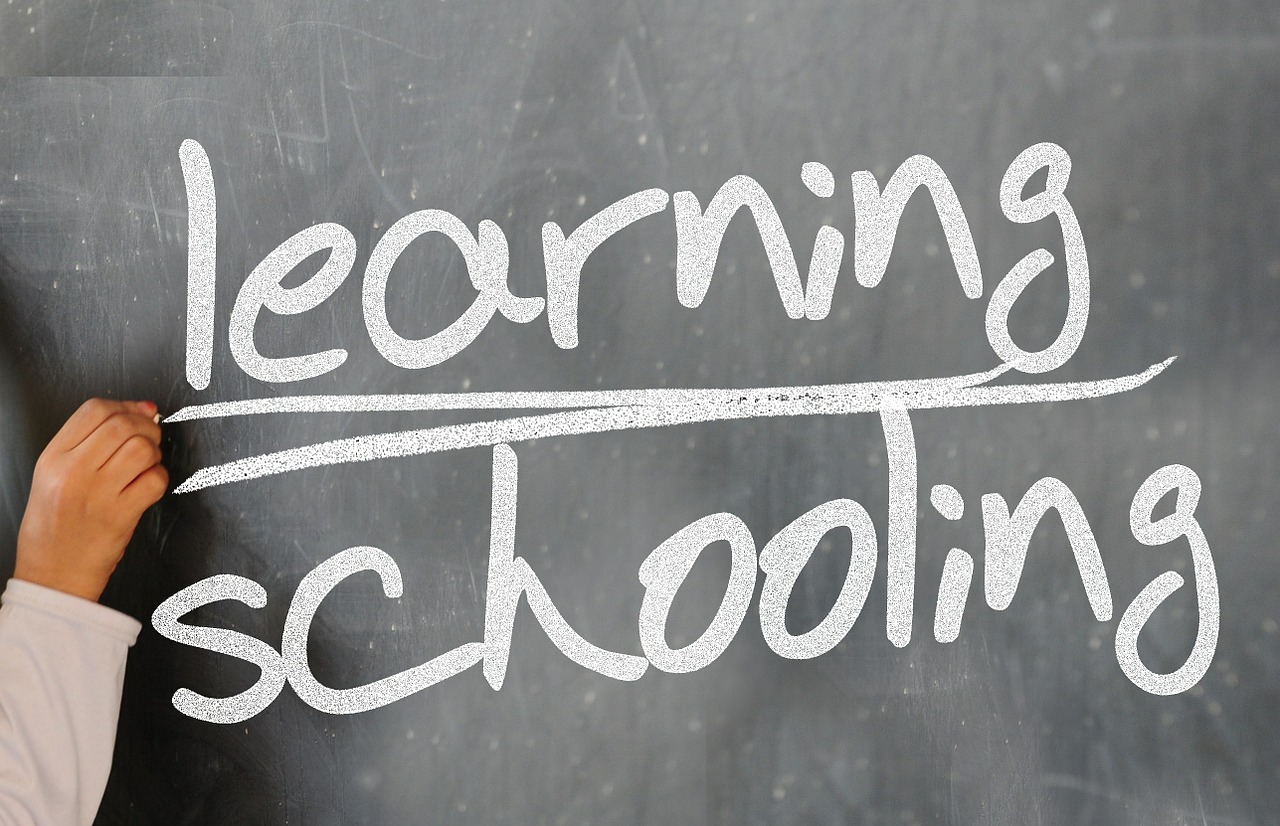Treatment for Visual Symptoms after Acquired Brain Injury
If you missed her last week, that’s because Dr. Lee was out of the office for more continuing education on new treatment options for visual symptoms in patients with acquired brain injuries. She is always excited to hear about new research and bring back different ways to help our patients!
Ask for more information if you’re experiencing blurry vision, light sensitivity, difficulty concentrating, headaches, problems with reading, double vision, or other visual problems as a result of a motor vehicle accident or other head trauma.




